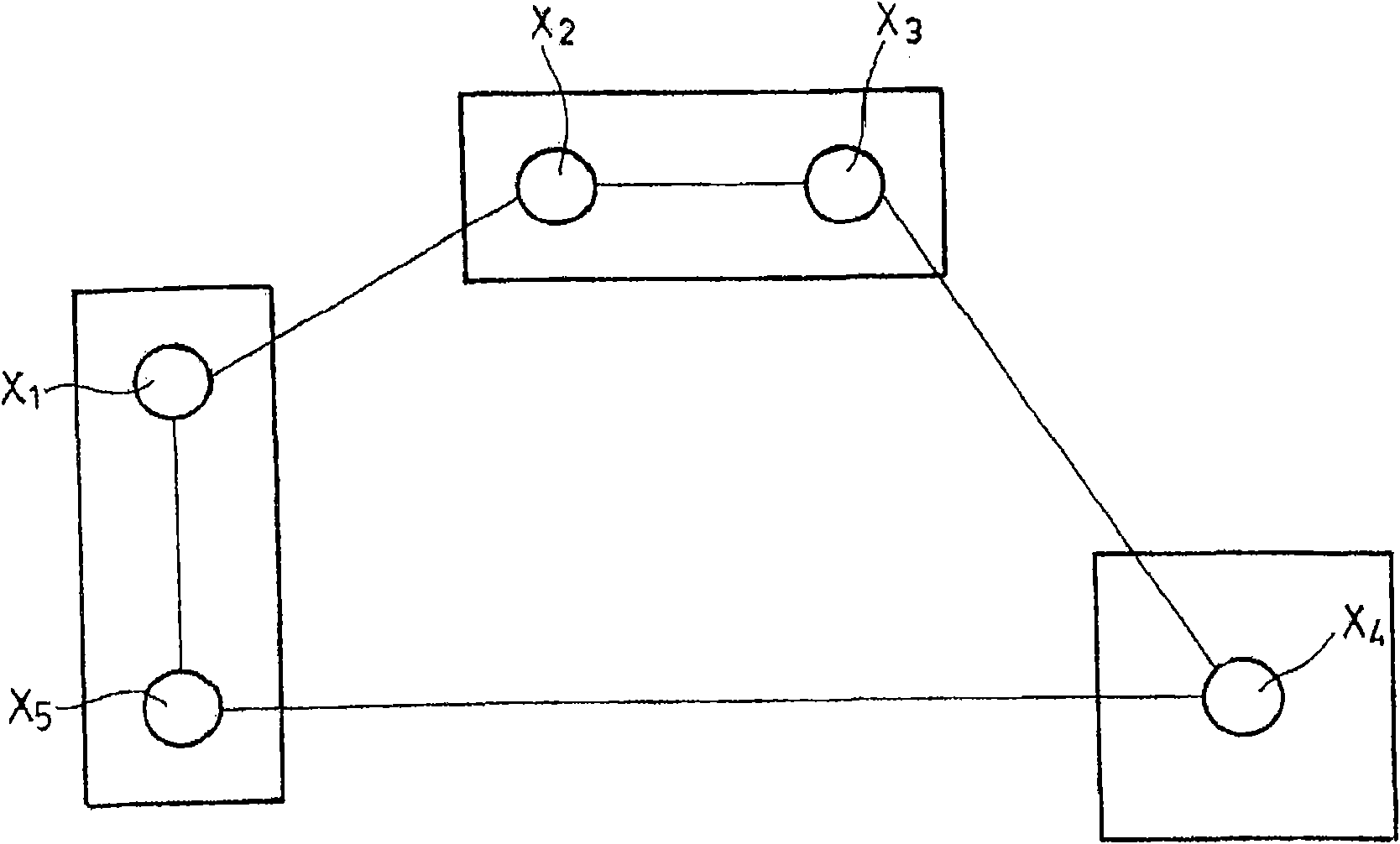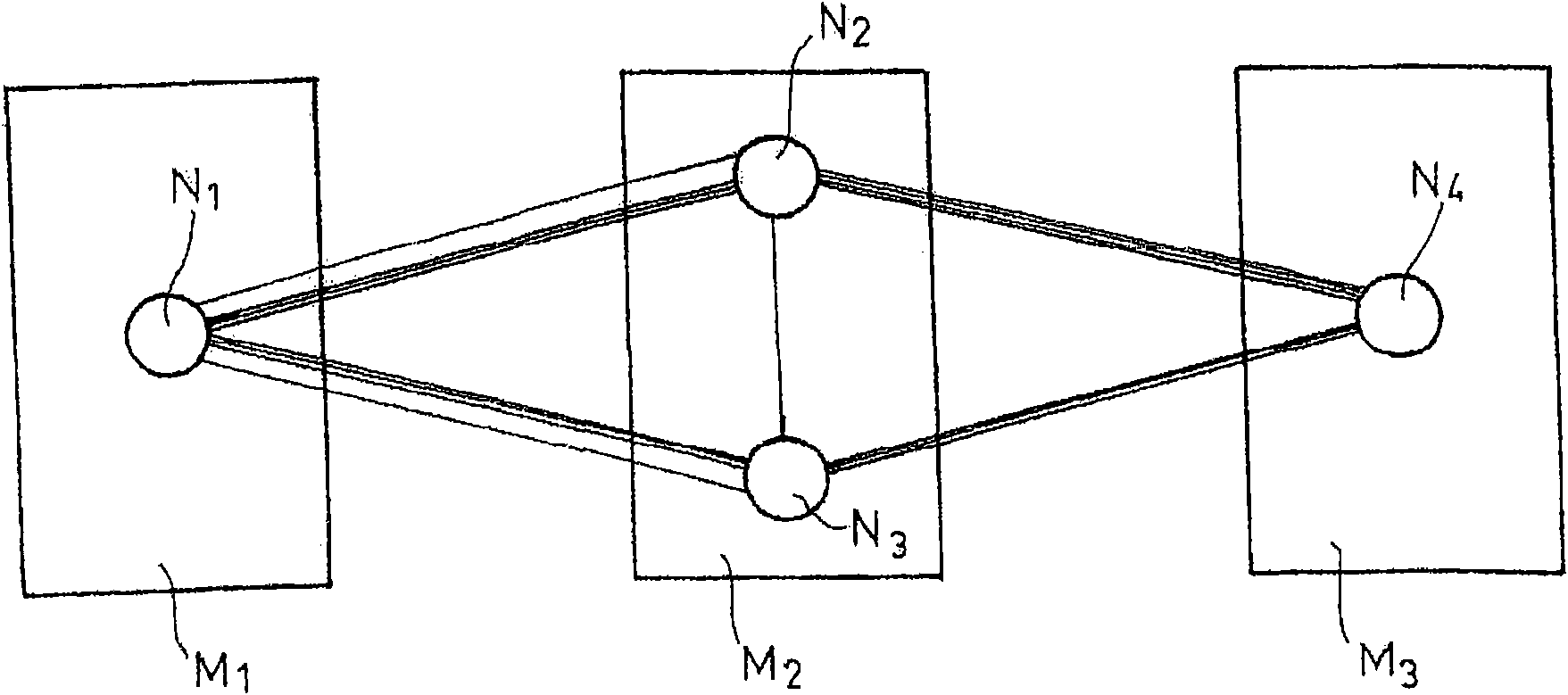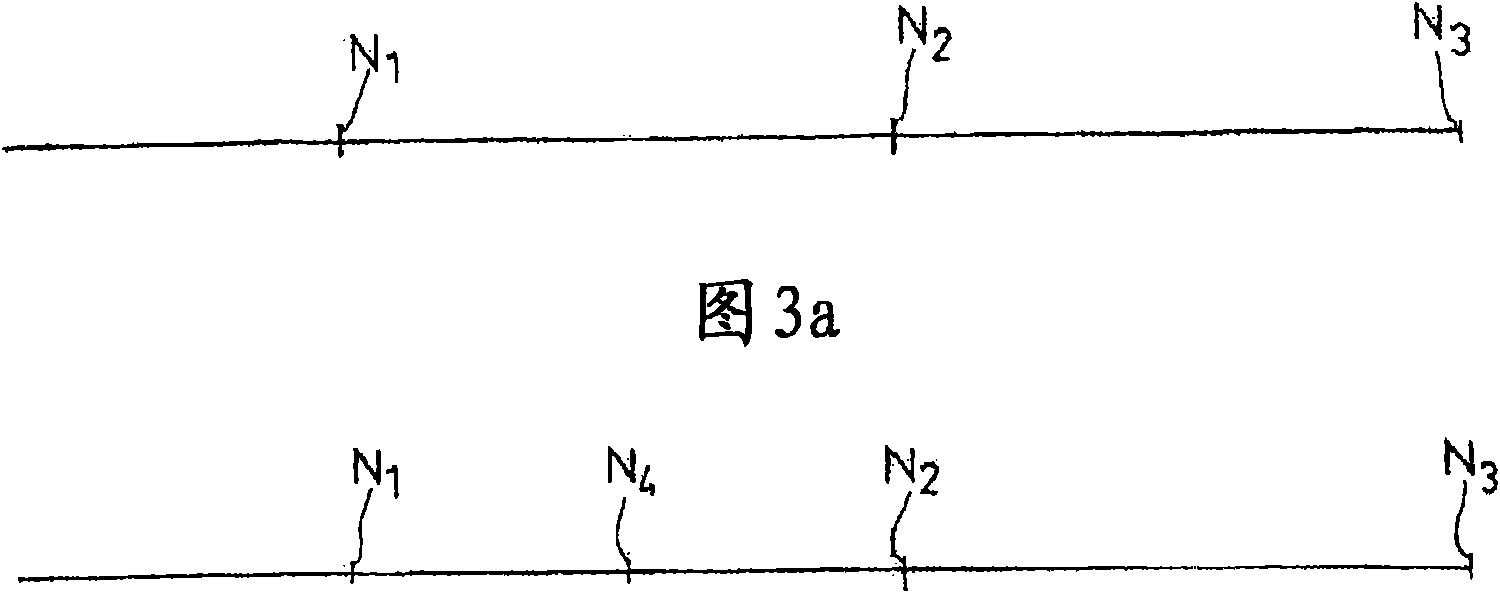Fault-tolerant mechanism optimised for peer to peer network
A peer-to-peer network, node technology, applied in the network field, can solve problems such as being unsuitable for fault tolerance
- Summary
- Abstract
- Description
- Claims
- Application Information
AI Technical Summary
Problems solved by technology
Method used
Image
Examples
Embodiment Construction
[0032] First, the peer-to-peer network and management device will be described, followed by the application within the communication unit.
[0033] figure 2 A peer-to-peer network is shown, deployed on a network comprising 3 processing devices M1, M2 and M3. The peer-to-peer network includes a set of nodes N1, N2, N3 and N4 arranged in a ring such that each node has a unique successor node (and a unique predecessor node).
[0034] Attached to this peer-to-peer network is a management device, which notably includes admission means. These admission devices are responsible for inserting new nodes within the peer-to-peer network. Upgradability is an essential property of peer-to-peer networks, in the sense that nodes can be added or removed at any time and the network must be designed to be self-organizing.
[0035] If we assume that the network includes nodes N1, N2 and N3 at a given time, the admission of a new node N4 consists in determining the position of the entering nod...
PUM
 Login to View More
Login to View More Abstract
Description
Claims
Application Information
 Login to View More
Login to View More - R&D
- Intellectual Property
- Life Sciences
- Materials
- Tech Scout
- Unparalleled Data Quality
- Higher Quality Content
- 60% Fewer Hallucinations
Browse by: Latest US Patents, China's latest patents, Technical Efficacy Thesaurus, Application Domain, Technology Topic, Popular Technical Reports.
© 2025 PatSnap. All rights reserved.Legal|Privacy policy|Modern Slavery Act Transparency Statement|Sitemap|About US| Contact US: help@patsnap.com



